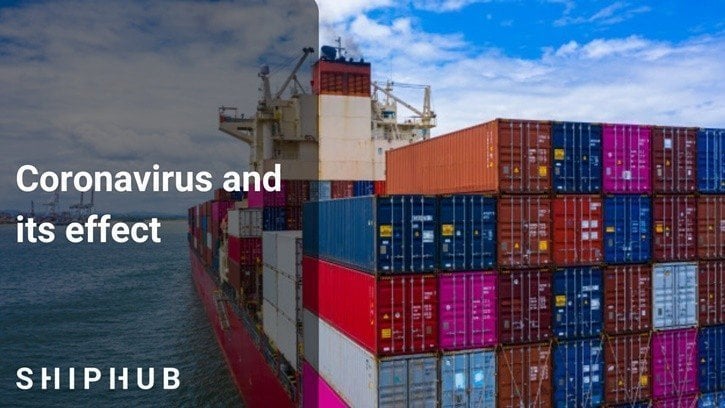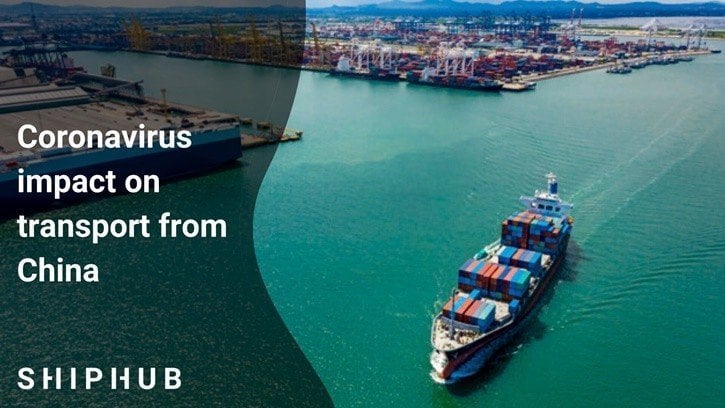The coronavirus, which has prevailed in China since the end of January 2020, is increasingly stigmatizing the Chinese and global economy. The whole world is living on reports of the spread of the epidemic and is predicting the effects on the economy. Over the past month, the Chinese economy has frozen. It disappeared with its economic potential, its factories, export orders, and demand for raw materials. There is already the first evidence of what the coronavirus has left its mark on China. However, we are still unable to predict the impact of the epidemic fully, and worst of all, we do not know how long it will take.
The coronavirus takes the harvest
The outbreak caused the closure of many production sites. The factories that do not work do not need raw materials. So the copper and oil prices went down. Global demand for oil has fallen so much that intermediary companies have been left with huge quantities of unsold goods that they have no place to store. As a result, tanker rental prices have gone up.
The Chinese government has issued an order to gradually restore traffic to the factories and resume production in provinces other than Wuhan. The open factories are trying to catch up with the backlog of deliveries.
The coronavirus infects not only the Chinese economy
The coronavirus has significantly reduced demand on the Chinese market. This means big problems for foreign companies exporting to China. Companies focused on export to China have to reckon with a decrease in production and orders.
Exporting food to China will not be easy either. The Chinese have restricted trade in certain items, for example, animals. They also strengthened preventive measures and sanitary controls.
The factories in China have delays, and as a result, foreign companies feel a lack of supply of parts, components, or finished products. It is clear that without the necessary goods, the work of these companies is seriously disrupted, and the companies are exposed to losses. In Poland, LPP, the owner of Reserved, informed about delays in deliveries.
What about transport?
In our previous article, we described the impact of coronavirus on transport from China. Currently, the logistical hub of Wuhan is still cut off from the world. Other ports or container terminals are in operation. However, their operations are still hampered. It is still unknown when the ports will be restored to normal.
The effects of coronavirus can be seen in the thousands of meat containers that are stuck in Chinese ports and cannot be delivered further. The ports are running out of energy to keep the containers frozen. Therefore, some ships were directed to change their routes, e. g. to Hong Kong.
Deliveries are made only in the ports of Shanghai, Tianjin, and Ningbo. Because of the prohibitions on movement in the country, there are no people who can take these deliveries and distribute them further. Restrictions are imposed on truck drivers. For example, they are quarantined for 14 days.
Moreover, container lines introduce subsidies on routes to Asia. As of March 1, Hapag-Lloyd has announced a surcharge of $325 per container for all routes from Northern Europe to Asia. On the other hand, CMA CGM raises prices from USD 4 700 to USD 5 700 on routes from Europe (including Poland) to Asia.
How to plan transport in the face of an epidemic?
Limited transport capacity will result in competition for space in containers, an increase in freight prices, and the extension of transport time.
To reduce the negative effects of coronavirus on transport as much as possible, we advise:
- Make sure that the carrier you use provides the opportunity to store goods in port in the current situation,
- Avoid supply vessels that are subject to cancellation,
- Consider using trucks to transport cargo to the main ports (cargo transported by trucks is often given priority),
- Look for alternative routes for your goods,
- Maintain constant contact with business partners in Asia,
- Plan your budget well to be ready for any circumstances.





